We don’t find dragons just in myths or in movies. We find them in the Bible more often than we might think. The dragon in Revelation 12 is just the last of many times we find sea monsters or twisting serpents (see Gen 3), all part of a larger category of chaos creatures like those mentioned in Daniel.
As Andy Angel summarizes in Playing with Dragons, the Old Testament associates them with disorder and evil which God ultimately controls. Sometimes they are equated with the seas and rivers from which they arise, seas which God rebukes, setting their limits, trampling them (Gen 1:7-10; Job 7:12; 38:8-11; Ps 65:7; 89:9-10; Jer 5:22; Da 7:2-3; and for portraits of Jesus as ruler, like God, over the chaos of the sea, see Mark 4:35-42; 5:11-13; 6:45-52).
Surrounding cultures had long used such images to explain their world, the forces of nature, the fates of humans. Why would the biblical writers do so as well? Moses, the psalmists, and prophets borrowed from these well-known tales but changed them significantly to distinguish Yahweh from the gods in those tales. For them there is no contest between God and these other forces (as there is in other cultures). Yahweh is clearly superior, in a class by himself (Ex 15:11; Ps 86:8; Jer 10:6).
Andy Angel, however, emphasizes another dimension in all this, a very human dimension. We often find these creatures mentioned when the authors are struggling with suffering and the triumphs of God’s enemies. If God has already defeated these chaos creatures, they ask, why do his people still suffer? We find these questions most prominently in Psalms of lament (Ps 74, 77, 89, 144) and the book of Job (Leviathan and Behemoth in Job 38–41).
Matthew, as Angel points out, also takes up these themes especially in the stories of Jesus and the disciples on the waters. The gospel writer gives his own spin to the topics of chaos, fear, and faith in the midst of suffering.
All these stories are more than stories. The forces of darkness are all too clearly at work in our world. Nor does the Bible whitewash this reality. Rather in our sorrow it invites us to struggle with God, to cling to God like Jacob did in the wilderness.
We might wish for clearer answers. What God instead offers is himself, his presence, and hope—hope based on the even more solid reality of Christ’s life, death, and resurrection. He offers “a hope that one day this God will finally conquer all chaos and evil, and that we can be a part of that new creation.”*
*Andy Angel, Playing with Angels (Cascade Books, 2014), p. 103.

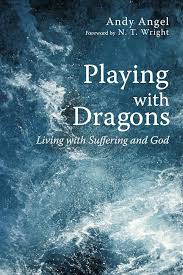
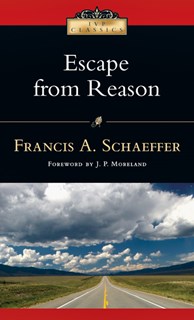




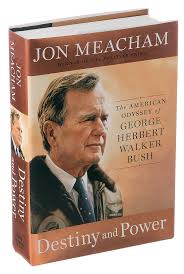

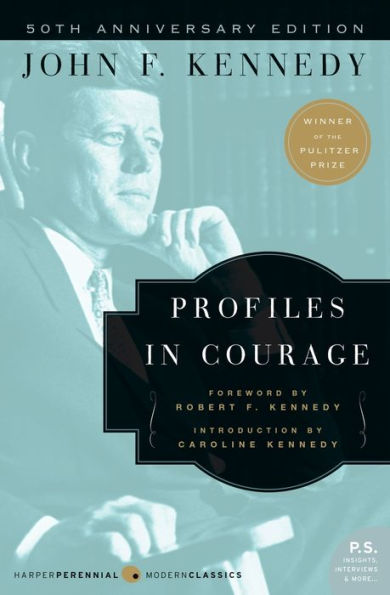
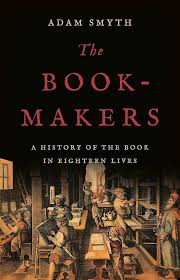
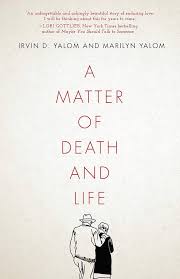
 No, it was the part about there being no room in the inn. It never made sense. Middle Eastern hospitality is legendary. Strangers, travelers, those in need—you can count on the deeply ingrained culture of showing generosity and graciousness to those who need a meal or a warm bed.
No, it was the part about there being no room in the inn. It never made sense. Middle Eastern hospitality is legendary. Strangers, travelers, those in need—you can count on the deeply ingrained culture of showing generosity and graciousness to those who need a meal or a warm bed.